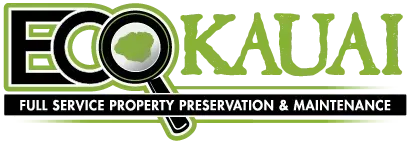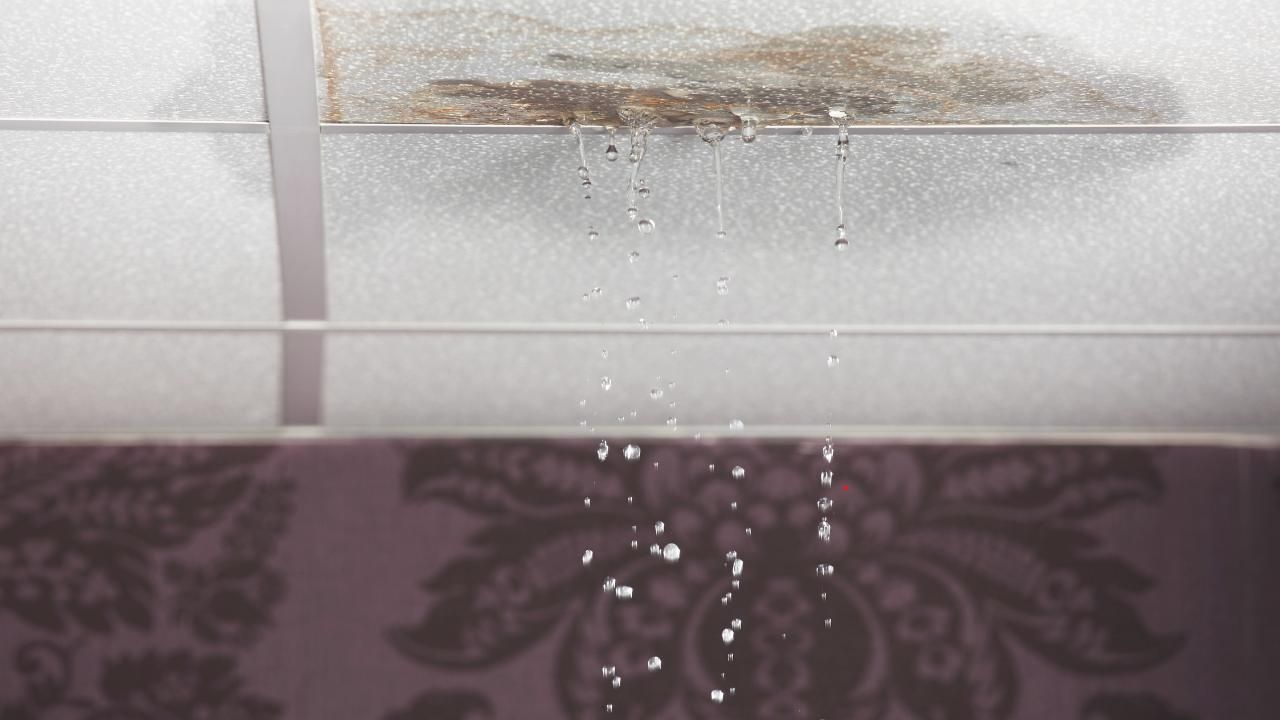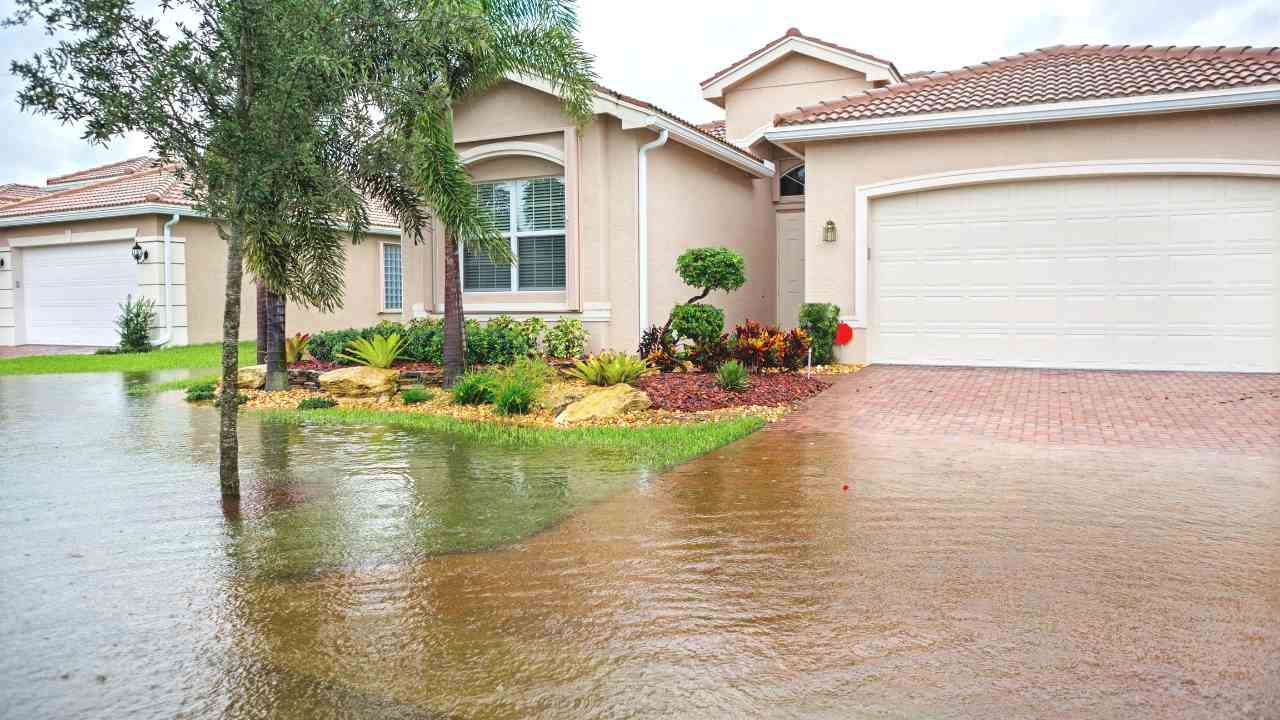Mold in New Homes: Why It Happens and How to Fix It

Buying a brand-new home feels like the ultimate fresh start. The walls are pristine, the paint still smells new, and everything is untouched. But for many homeowners, an unwelcome surprise can creep in sooner than expected—mold. Yes, even new construction isn’t immune to it. The problem often leaves homeowners scratching their heads: how can something so new already have such a serious issue?
This article breaks down why mold shows up in new homes, what it means for your property and health, and most importantly, how to fix it for good.
Why Mold Appears in New Homes
It’s easy to assume mold is only an issue for older houses, but new builds can be just as vulnerable. The reasons usually come down to three main culprits:
- Construction moisture – During the building process, wood, drywall, and concrete are exposed to rain and humidity. If the structure is closed up before these materials have fully dried, trapped moisture becomes a breeding ground for mold.
- Tight building envelopes – Modern homes are built with energy efficiency in mind. While airtight construction lowers utility costs, it also reduces ventilation, creating pockets of stagnant, humid air where mold thrives.
- Plumbing leaks and condensation – Even small leaks from new pipes or HVAC systems can spark mold growth behind walls or under flooring, especially if unnoticed for weeks.
The result? A home that looks spotless on the surface but harbors hidden problems that can grow rapidly.
The Health and Property Risks
Mold isn’t just unsightly—it carries real consequences. For homeowners, the most immediate concern is health. Mold spores can trigger allergies, asthma, and other respiratory issues, making daily life uncomfortable or even hazardous.
From a property perspective, mold compromises structural integrity. Left untreated, it can damage drywall, flooring, and wood framing, leading to costly repairs that may not be covered by standard warranties. What began as a minor issue can quickly snowball into a full-scale renovation project.
How to Fix Mold Problems in a New Home
When mold is discovered, the most important step is acting quickly. DIY approaches like bleach or vinegar often fail to address the root cause, especially if the mold has spread into porous materials. Professional help is the safest and most effective option.
Specialists trained in mold remediation use advanced tools to identify the extent of the problem, remove affected materials, and treat surfaces to prevent regrowth. For example, homeowners seeking mold remediation in Kaua’i, Hi often turn to Eco Kauai Services, a trusted company with expertise in safe and lasting solutions. Professional teams don’t just clean up mold—they also uncover what caused it in the first place, whether it’s poor ventilation, leaks, or construction oversights.
Preventing Mold in the Future
The best fix is making sure mold doesn’t return. Once remediation is complete, homeowners should focus on prevention strategies:
- Maintain proper ventilation, especially in bathrooms, kitchens, and laundry areas.
- Use dehumidifiers in humid climates to keep indoor moisture levels under 60%.
- Regularly inspect plumbing and HVAC systems for leaks or condensation.
- Keep gutters and drainage systems clear to prevent water from seeping into foundations.
Investing in these small steps not only protects your home but also your health and peace of mind.
Case Study: A Mold-Free Fresh Start
One couple in Hawaii moved into a new home only to discover mold patches in their laundry room within the first six months. They contacted a company specializing in mold removal services, who traced the issue back to poor ventilation and lingering construction moisture. After remediation, vents were added, and a dehumidifier was installed. Two years later, their home has remained mold-free, proving that with the right approach, even new-home mold problems can be permanently solved.
Final Thoughts
Finding mold in a new home can feel like a betrayal of that “fresh start” dream, but it doesn’t have to define your experience. With swift professional help and preventative measures, you can protect your investment and your health. The key is understanding the causes, taking action early, and committing to moisture control going forward.
A new home should be a place of comfort, not concern. By tackling mold the right way, you can make sure it stays that way. Ready to deal with your mold problem? Book an appointment with an expert today.




